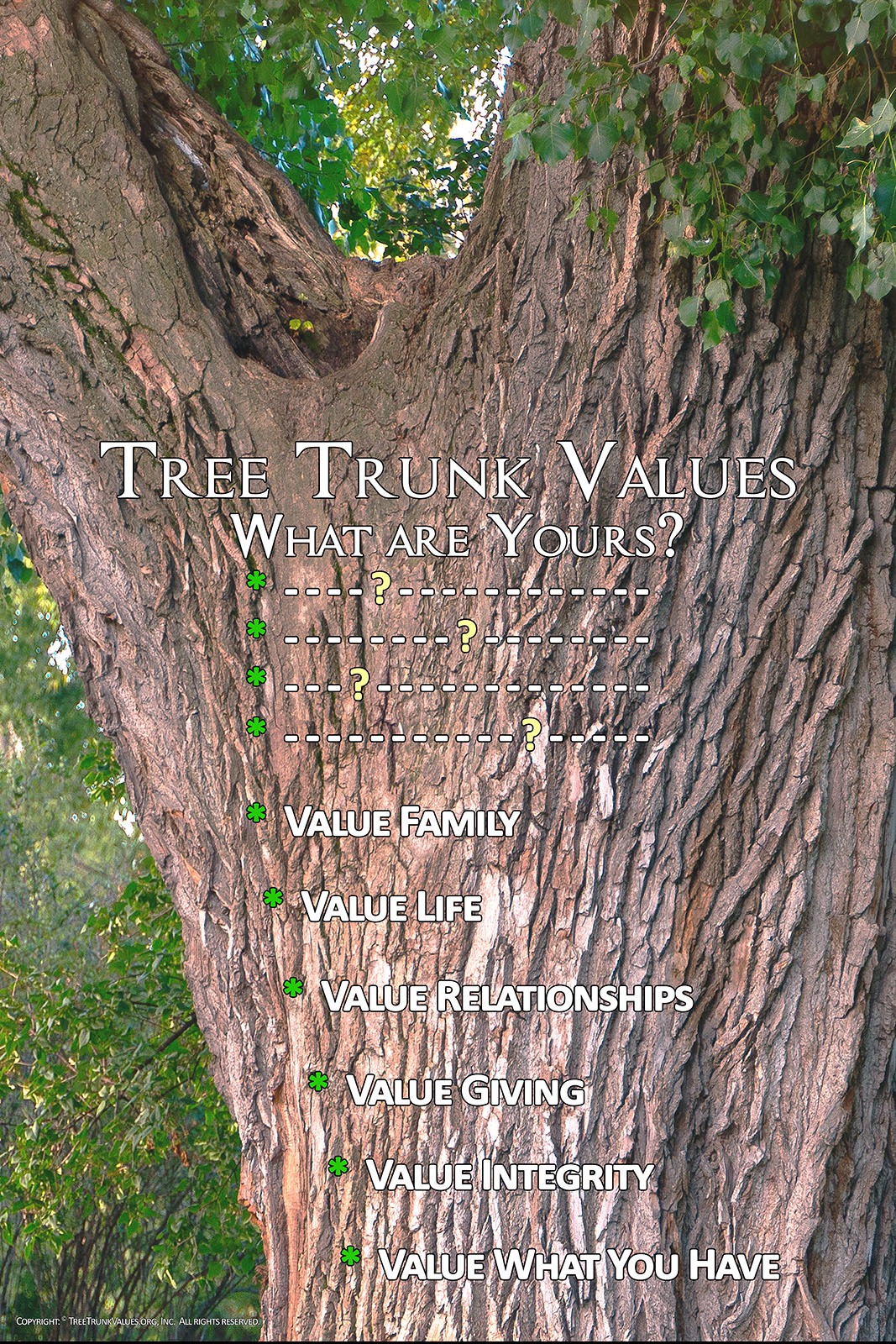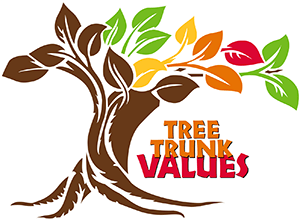Why Tree Trunk Values
Values and Tree Trunk Values #1
Almost thirty years ago, in the 1980 ruling of Stone vs Graham, the Supreme Court declared that posting of the Ten Commandments in a public school classroom violated the Constitution of the United States. This ruling was thought to separate church and State, but in reality, it separated people from a core set of values that should and could be shared amongst all. Most people do not know that these basic tenets are found in the Muslin Quran, the Jewish Torah, and every version of the Christian bible. Thus, the Ten Commandments transcend all religions, except those who claim to have none. However, even these agnostic folks have some basic belief system that provides a framework for their core values. Without getting into a philosophical debate on the existence of God, is there a set of written moral codes that would be not only acceptable to all, but allowed to be displayed in public schools which would encourage open discussion on what our core values should be?
Here is a simple concept to consider, let’s introduce the Tree Trunk Values into community schools by posting them in school classrooms. The Tree Trunk Values not only provide a set of values but allows for students to add their own values to the list. For example, one could value the stars, or value mother nature, or value rugged individualism. The possibilities are endless, which is why there are blank lines in the Tree Trunk Values. More importantly, when students are daydreaming like they occasionally are known to do, there is a poster that will challenge them to think about what is important to them as well as what shared values we all have in common.
Remember: “Good citizenship is when effective citizens do simple but powerful things on a daily basis that keeps our country strong and free.” – Benjamin Franklin

